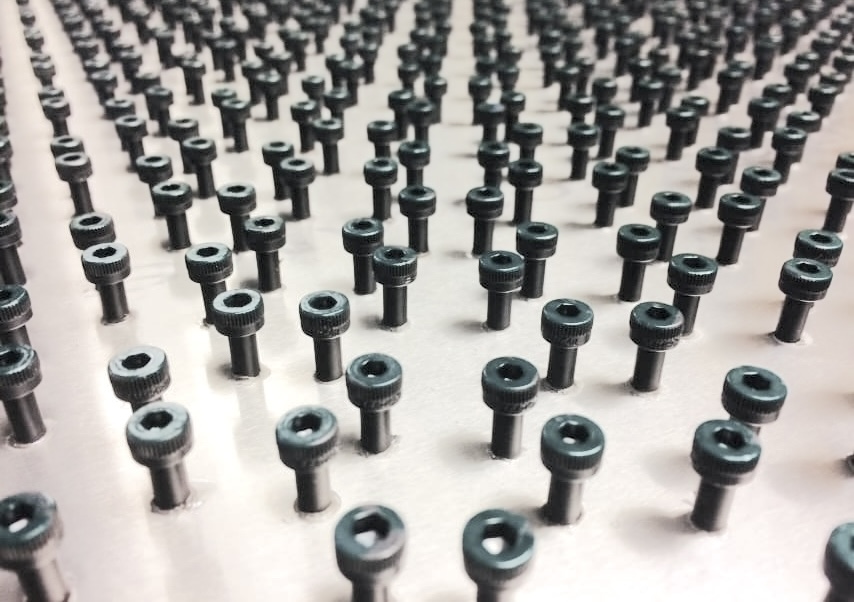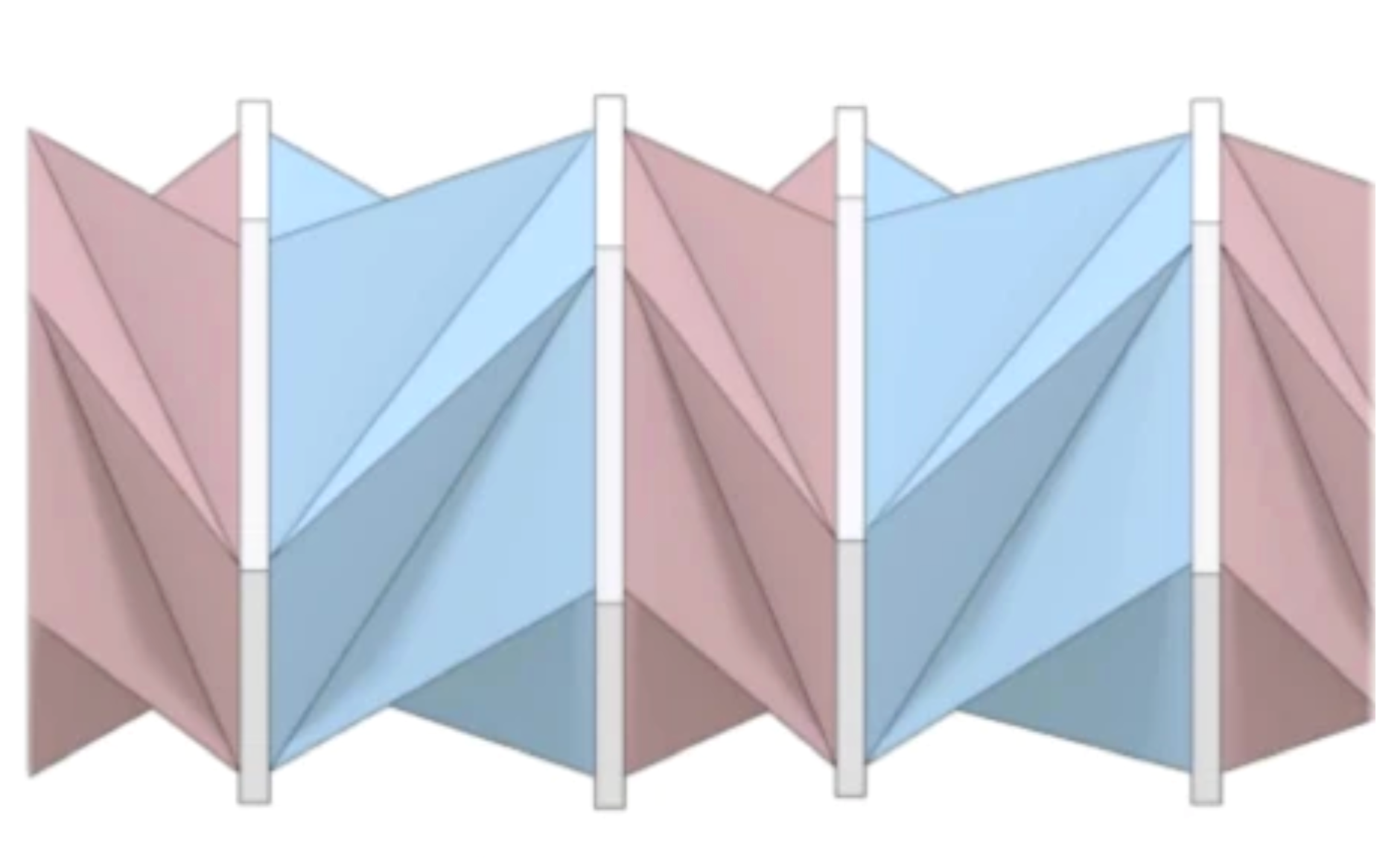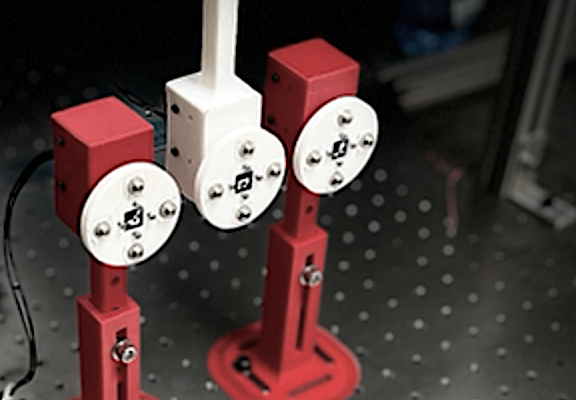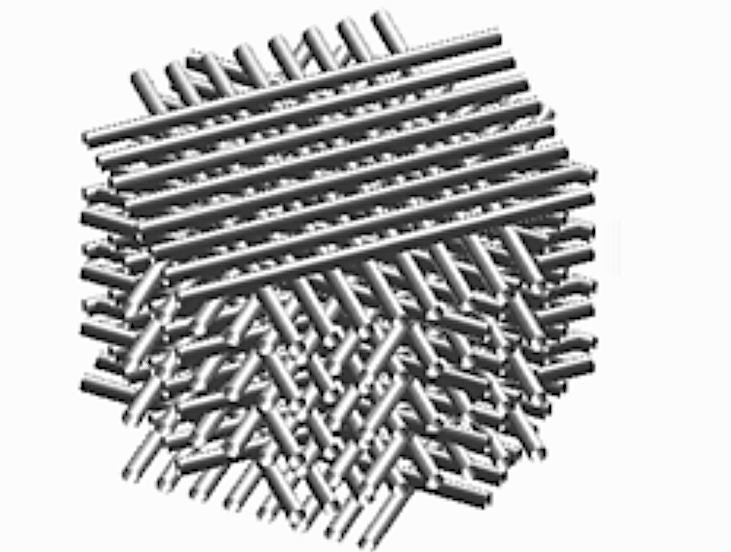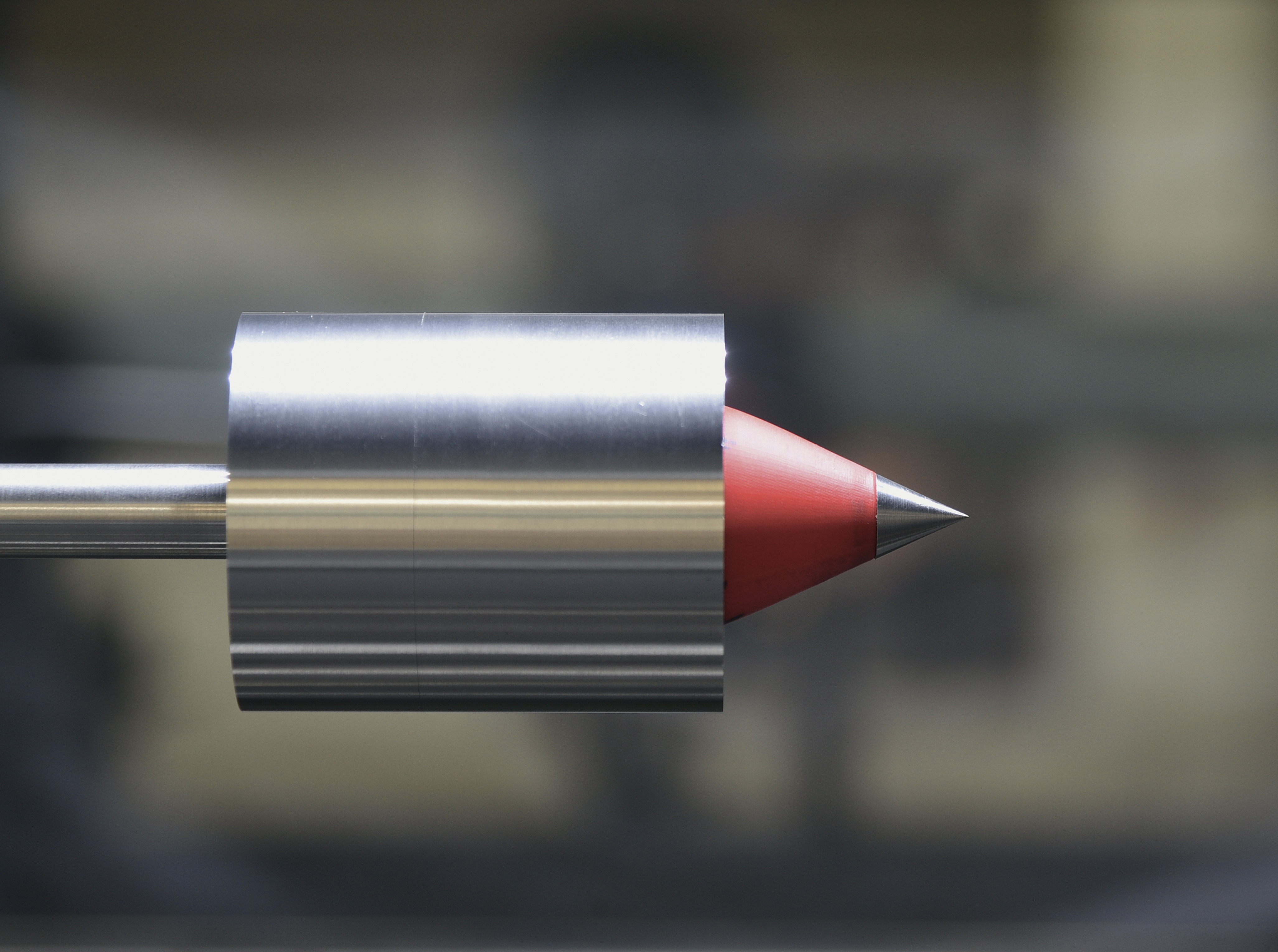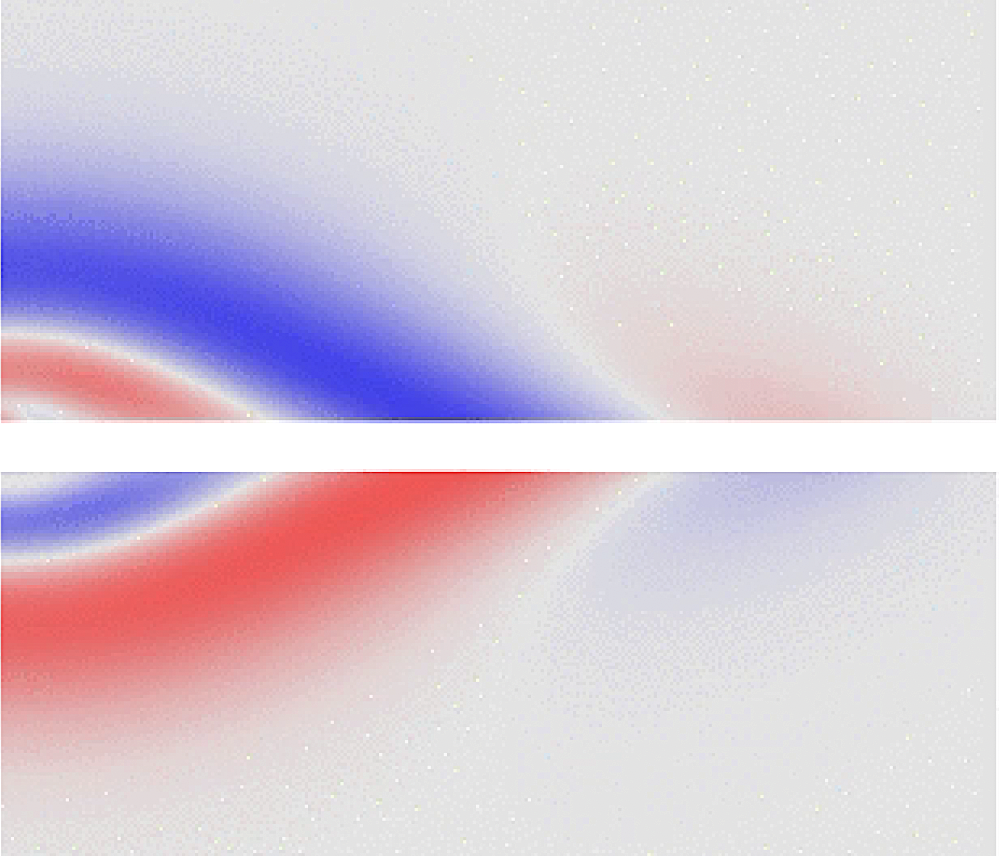Research
We are exploring several exciting research directions, often with overlapping boundaries.
Experimental facility
The Laboratory for Engineered Materials and Structures (LEMS) is dedicated to the design of phononic crystals and metamaterials, as well as the precise measurement of their vibration and wave properties. The laboratory is equipped with advanced tools, including a laser Doppler vibrometer (LDV), a vibration shaker, a 3D printer, a mini-universal testing machine (mini-UTM), high-frequency piezo-actuators and sensors with associated electronic equipment.
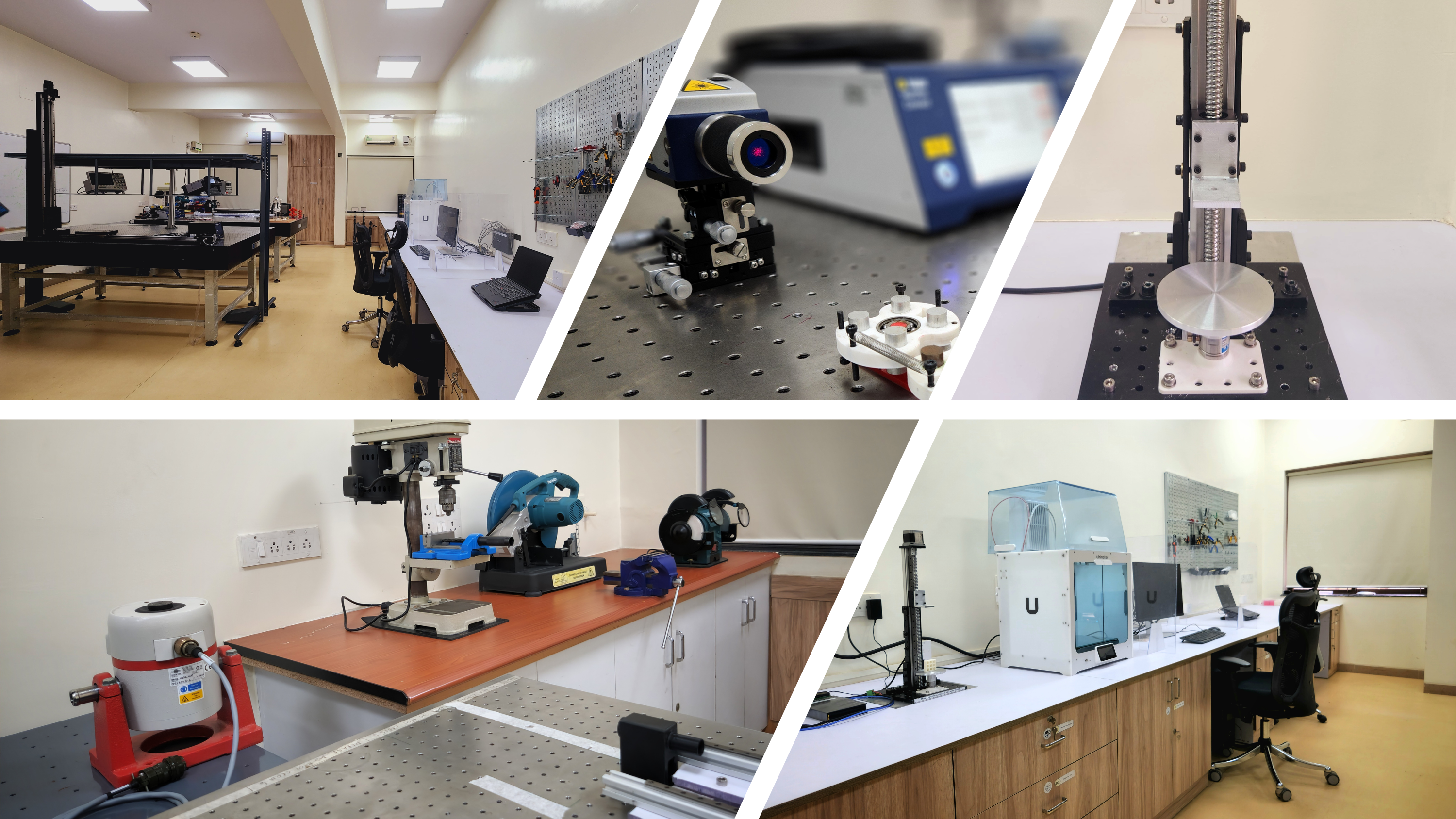
Our sponsors

